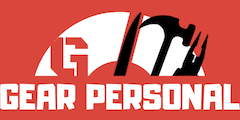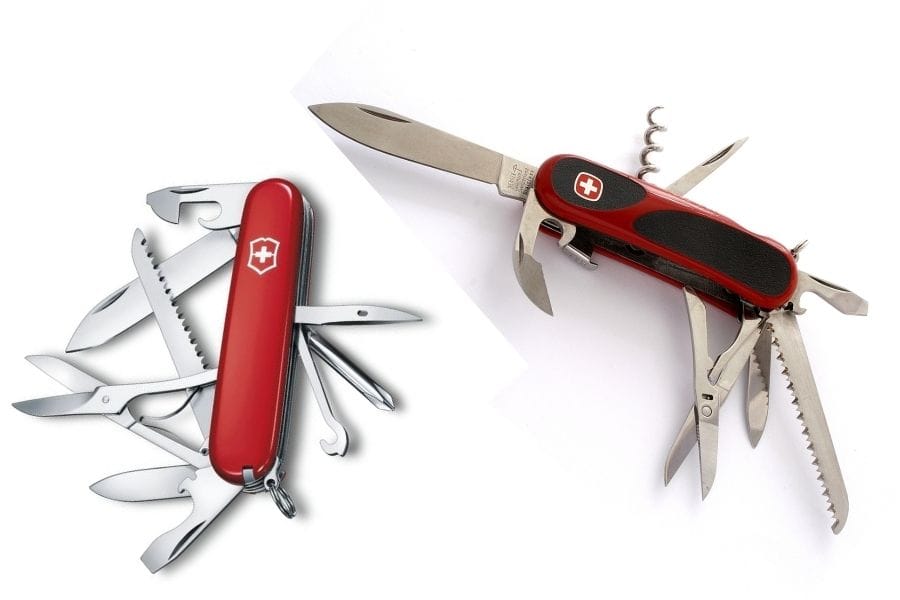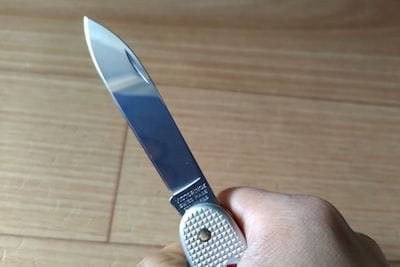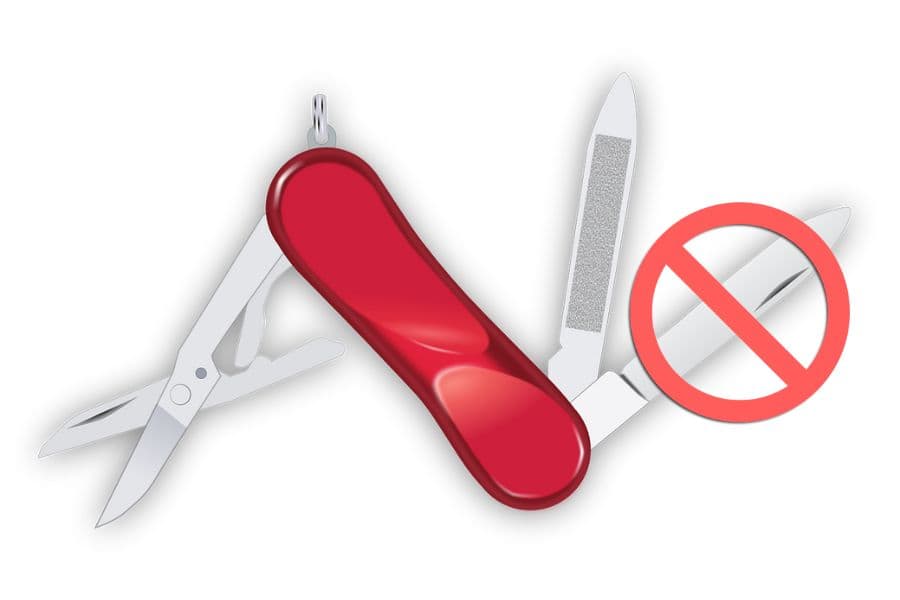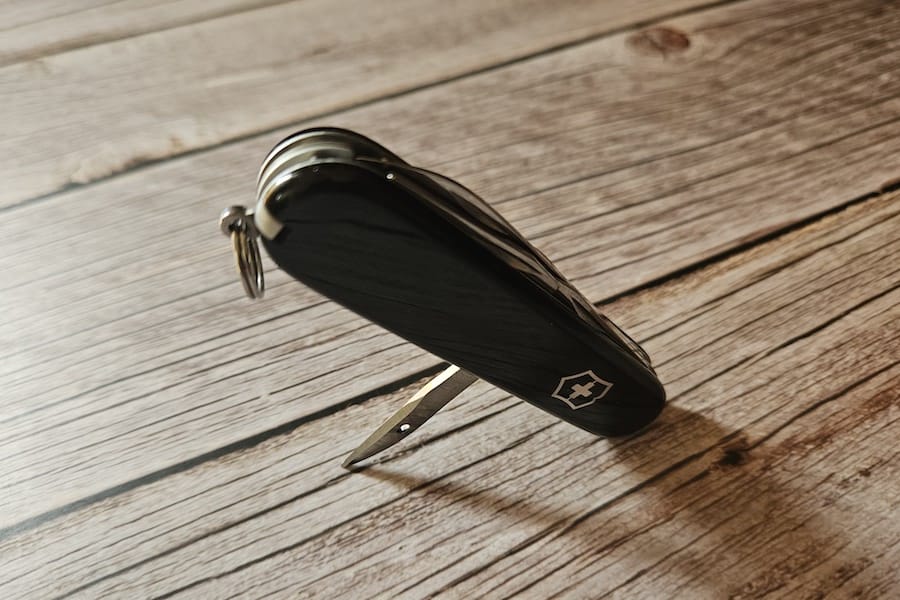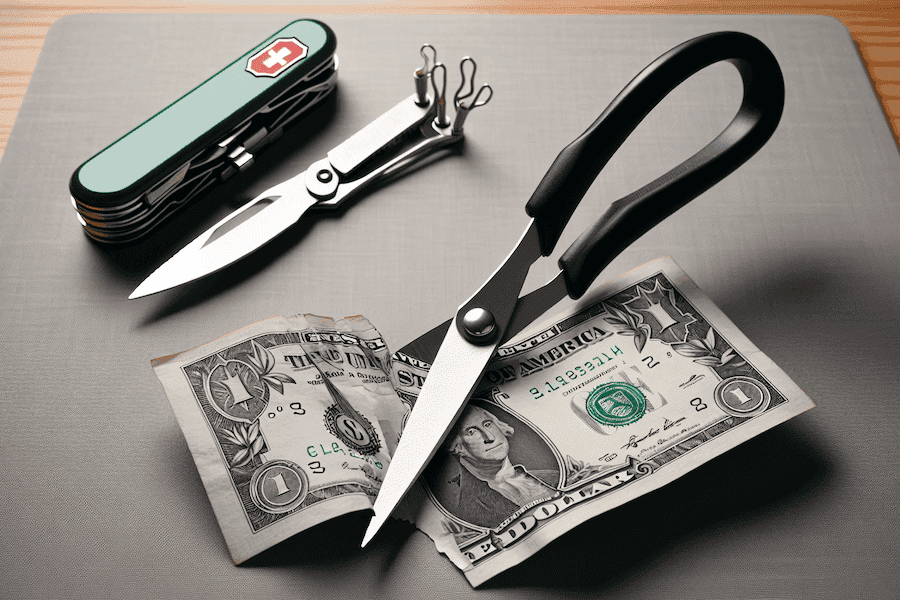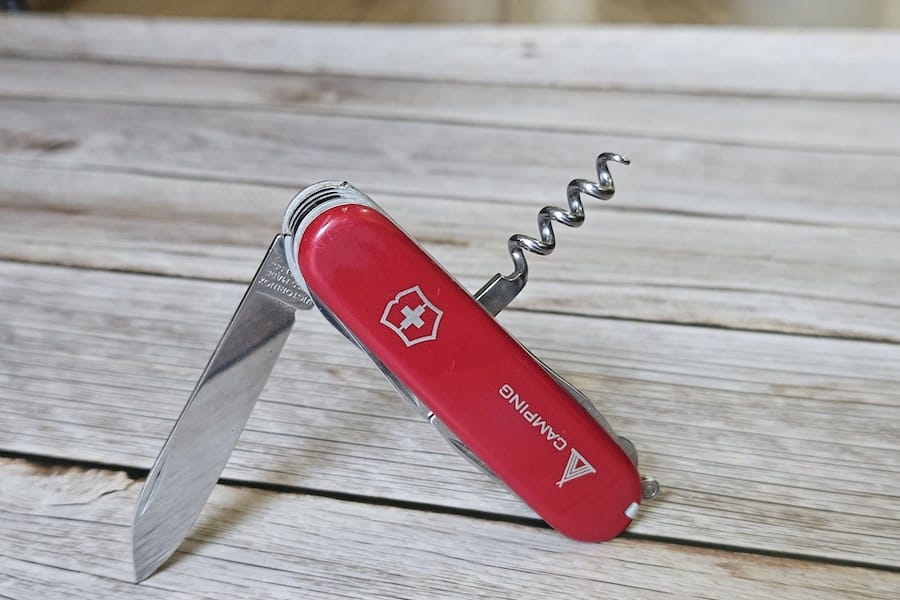KEY TAKEAWAYS
- Victorinox and Wenger are both Swiss companies known for manufacturing Swiss Army Knives (SAK).
- Though seemingly similar, Victorinox and Wenger SAKs differ in their design ethos, quality, and creativity.
- Differences include the design and placement of logos, marketing slogans, variations in blade length and shape, and the design of certain tools.
Both Victorinox and Wenger have officially produced Swiss Army Knives (SAK) for the better part of a century.
Both companies have supplied SAKs to the Swiss Army, as well as marketed their SAKs to the common people. Have you ever wondered how their SAKs differ from each other?
Victorinox is an older company than Wenger, but they started manufacturing SAKs almost at the same time.
In this article, we will go through a comprehensive list of the most notable differences between the SAKs produced by Victorinox and those produced by Wenger.
Some of these differences are mere cosmetic whereas some are quite significant and make one of them better than the other.
More stylish, with a darker red background
Less stylish, with comparatively lighter red background
“Original Swiss Army Knife”
“Genuine Swiss Army Knife”
Slightly longer and narrower
Slightly shorter in length, but also slightly broader
Standard size (91mm) SAK doesn’t have a locking blade
Some standard size (85mm) SAKs have locking blades
Uses a ‘Leaf spring’, and the blades have plain edges
Uses a lever, and the blades have serrated edges
Shaped like a spade, with a flathead screwdriver at the tip
Shaped like a claw
Has plus scales for some SAKs
Has more ergonomic scales
Placed on the outer side of the scales
Placed on the inner side of the scales
Has a sharp edge and a sewing eye
No sharp edge or sewing eye
Non-locking screwdriver
Locking screwdriver
Has more size options
Has comparatively fewer size options
Brighter LED produces a stronger light
Comparatively weaker LED
Has a stronger slip-joint
Has a comparatively weaker slip-joint
Softer steel and easy to sharpen
Comparatively harder steel and difficult to sharpen
Less innovative, doesn’t experiment too much with new designs
More innovative, has been the first to introduce many new designs and tools in Swiss Army Knives
Considered the best
Considered good, but not as good as Victorinox
Now, let’s delve deep into each of these differences for a better understanding of how they impact usability and/or performance.
1. Design of the Logo
Both Victorinox and Wenger use the logo of a shield as the company emblem. The logos comprise the typical design of the Swiss flag, a white cross on red background. However, the overall design of the logo is quite different for Victorinox and Wenger.
The Victorinox logo is more stylish. It actually looks like a shield with bilateral symmetry. The background red color is comparatively darker, almost like maroon.
The Wenger logo is also a shield, but it looks more like a rounded square.
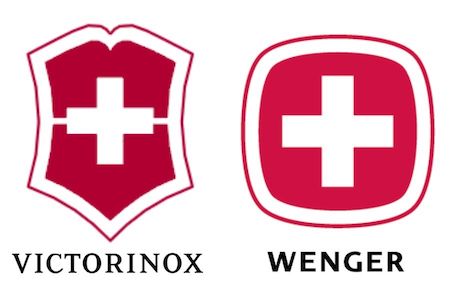
The background color of the Wenger logo is pure red. Overall, the Wenger design is much simpler.
In a way, both logos are actually inspired by the Coat of arms of the Swiss Confederation. It has the well-known white-on-red cross of the flag of Switzerland on a heraldic shield.
2. Marketing Slogan
Both Victorinox and Wenger have been producing and marketing Swiss Army Knives (SAK) for almost a century. To a great extent, the SAKs were designed and produced as per certain standard specifications and requirements common to both. The term ’Swiss Army Knife’ was used to identify the products of both companies.
But they naturally wanted to differentiate themselves from each other while marketing their products.
As such two different slogans were used by the two companies for their SAKs. Victorinox used the slogan ‘Original Swiss Army Knife’, while Wenger marketed their SAKs as ‘Genuine Swiss Army Knife’.
As both companies were official contract holders from the Govt. of Switzerland to supply SAKs to the army, both could lay claim to the authenticity of their products. No other company, even from Switzerland, can call their pocket knife as ‘Swiss Army Knife’.
Both the slogans gave the respective companies much-needed credibility while marketing their respective range of Swiss Army Knives.
3. Blade Length and Shape
Both Victorinox and Wenger are well known for the performance of the main blade in their SAKs. However, the shape and size of the blade on Victorinox and Wenger SAKs have always been slightly different.
The Victorinox blade is usually slightly longer than the Wenger blade in comparable SAK models.
The Wenger blade however has more of a belly, as such, it is visibly broader than the one in a Victorinox SAK. The blade on the Victorinox is also slightly thicker when compared to the blade on the Wenger.
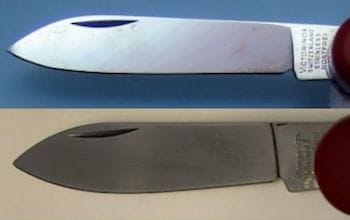
There are takers of both designs, hence no point in arguing which design is better.
The tang stamp on the blade (the engraved writing at the base of the blade) is also obviously different in Victorinox blade and Wenger blade, as each has the company name engraved there.
The good thing is that because of the slightly different design, consumers could choose a SAK based on their preference for the main blade.
4. Locking Blade
Many Swiss Army Knives have locking blades, and both Victorinox and Wenger have models that incorporate a locking mechanism for the main blade in the SAK.
However, Wenger has locking blades on their standard-size SAKs (85mm). This is significant because none of the Victorinox standard-size SAK models (91mm) have this feature. Victorinox only offers locking blades on their large models (111mm). So if you need a pocket SAK with a locking blade, Wenger is probably your only choice.
I guess Victorinox avoided this feature in their pocket-sized SAKs (91mm, or smaller) since there are restrictions on locking knives of a certain size in many European countries.
Wenger was the first to introduce a lock in Swiss Army Knives. It is referred to as the ’tab lock’. Know all about locking blades in Swiss Army Knives here.
Wenger, however, was bolder in this respect.
Wenger SAKs are slowly disappearing from the market since they stopped production. I was lucky to be able to buy the Wenger 16824 Swiss Army Evolution Lock S11 from the listing on Amazon.
5. Design of the Scissors
The difference between Victorinox and Wenger scissors in a Swiss Army Knife gets pointed out very frequently. More so, because scissors are one of the most used tools in any SAK.
The main difference between the Victorinox and Wenger scissors lies in how the spring action of opening the jaws of the scissors is implemented.
The main difference between the Victorinox and Wenger scissors lies in how the spring action of opening the jaws of the scissors is implemented.
Victorinox uses a thin metal strip that acts as a spring in the scissors. Many call it a leaf spring. It looks weak and feeble but gets the job done.
Wenger uses a lever instead of a spring in their scissors. This Wenger design looks sturdier when compared to the Victorinox design.
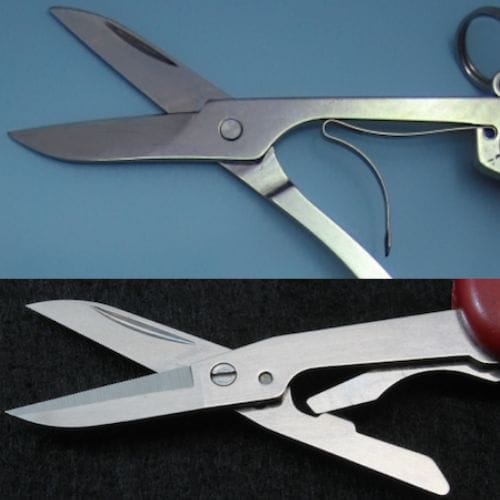
The leaf spring in the Victorinox scissors is also easy to replace. Whereas for the Wenger, the SAK will have to be sent to the service center to get fixed if the lever in the scissors gets damaged.
The other significant difference between the Victorinox and Wenger scissors is the cutting edge of the jaws.
The serrated jaws grab and cut thicker materials better than the plain jaws. However, the plain jaws of the Victorinox cut much smoother than the serrated jaws of the Wenger, which ended up leaving a toothy serrated edge on the cut material.
Some say that the Wenger scissors jaw serrations are self-sharpening. While this is not true, the serrated edge does hold an edge longer than the plain edge. However, once dull, it is much more difficult to re-sharpen serrated jaw scissors.
6. Design of the Can Opener
Victorinox and Wenger have gone different ways while designing the can-opener. This is perhaps the only tool that functions quite differently in their respective SAKs.
The Victorinox can-opener is shaped like a spade and has a small flat-head screwdriver at its top. This can-opener design is quite unique.
The Wenger can-opener is like a claw-shaped blade, a design that is also found in other multi-tools, like in some Leatherman multi-tool models.
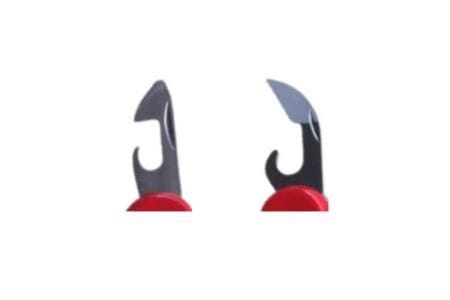
This Wenger design has a significant difference in operation when compared to the Victorinox design. The Victorinox can-opener is worked away from the user in an anti-clockwise direction, whereas the Wenger can-opener is worked towards the user in a clockwise direction.
The other significant difference between Victorinox and Wenger can-openers is the lack of a flathead screwdriver in the latter. The small flathead screwdriver on the Victorinox can-opener is considered a very useful tool as it fits flathead as well as some Philips head screws.
However, Wenger’s claw-like can-opener is sharp enough to act as a secondary knife. The pointed end can also be used to make holes like an awl or a reamer.
It is said that the Wenger can-opener is a Victorinox original design which they later abandoned in favour of their new design. Victorinox probably allowed Wenger to use it.
7. Design of the Scales
Both Victorinox and Wenger have used different materials in the scales of their Swiss Army Knives. In addition to providing a good grip, the scales also house the scale tools, viz. the toothpick, and the tweezers.
The main difference between Victorinox and Wenger scales is that Victorinox has plus scales for many of their SAKs.
The plus scales increase the features and utility of the SAK as in addition to the toothpick and the tweezers, it also has slots for a ballpoint pen and a pin. Wenger does not have plus scales for any of their SAKs.
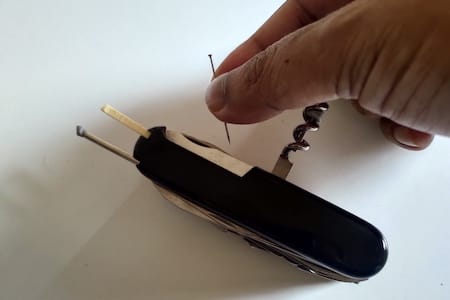
Wenger however innovated by making the scales more ergonomic in some of their SAKs.
As a result, you will see some of their SAKs having scales with rubber/plastic inlays for a better grip.
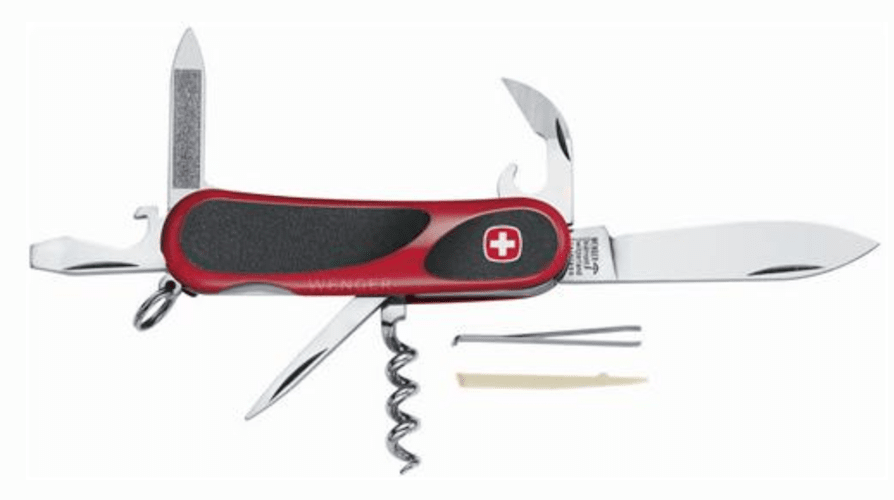
Some say that the Wenger SAK handles are more fragile than that of the Victorinox because Victorinox uses better materials in the scales. However, while using the SAKs of both companies, I never felt any significant difference.
8. Toothpick and Tweezers placement
Both Victorinox and Wenger SAKs have toothpicks and tweezers which are kept in slots in the scales. Apart from the Wenger toothpick being a bit softer and more flexible than the Victorinox one, there is no other significant difference.
However, there is a difference between Victorinox and Wenger in how the toothpick and the tweezers are housed in the scales of the SAK.
In a Victorinox SAK, both tools are accessed from the outside of the scales. In a Wenger SAK, the tools are stored on the inside of the handle such that they are almost invisible from the outside.
Wenger toothpick and tweezers have to be accessed by pulling them out with your fingernails between the separators on the inside of the handle.

It takes a little bit more effort to get to the scale tools in a Wenger SAK as you have to get your nails in the gap between the separators to pull them out. However, because of this design, they are also harder to slip out from the SAK, and hence you are less likely to lose them.
But in case you lose them, don’t worry! the toothpick and the tweezers are easily replaceable in both Victorinox and Wenger SAKs.
9. Design of the Awl
Both Victorinox and Wenger SAKs have had awls even in their earlier models. Both kept on refining and changing the design of the awl over the years. In the recent models, Victorinox and Wenger SAKs differ significantly in how they implement the awl.
The Victorinox awl has a sharpened edge which aids while using the awl as a reamer. Also, some Victorinox SAKs come with an awl that has a sewing eye.
Wenger awl on the other hand is more pointy without any sharpened edges. It also appears a bit longer than most Victorinox awls.
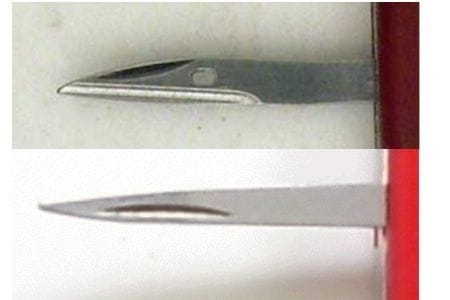
Wenger never designed awls with a sewing eye in them.
10. Design of the Flathead Screwdriver
The cap-lifer with a flathead screwdriver at the top is one of the tools present in almost all the SAKs produced by Victorinox and Wenger. Though they work effectively in both Victorinox and Wenger SAKs, the implementation is slightly different.
The main difference between the Victorinox and Wenger cap-lifter screwdriver is that the one in the Wenger locks whereas the Victorinox one doesn’t.
The locking mechanism in the Wenger comes into force when downward pressure is applied while the tool is in the open position.
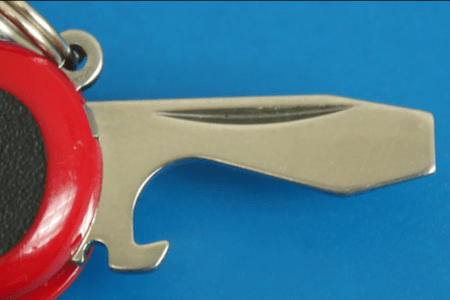
The Victorinox cap-lifter screwdriver is held in position by strong slip joints, similar to all the other tools in most SAKs. However, the presence of a lock in the Wenger just makes you feel more reassured that the tool will not close on your fingers. This is especially useful if you use the flathead screwdriver a lot.
The Wenger cap Lifter screwdriver is held in place by a locking system known as Packlock‘. It locks in automatically when pressure is applied along the length of the knife.
11. Size of the Knife
Both Victorinox and Wenger make SAKs of various sizes and form factors. They have smaller SAKs that can be used as keychain tools, as well as much larger ones used for outdoor activities like hunting and gardening.
However, Victorinox has more size options compared to Wenger. The most common sizes in the Victorinox range of SAKs are the 91mm and the 111mm.
But Victorinox also produces SAKs of sizes 58mm, 74mm, 84mm, 93mm, and 100mm. Wenger SAK size options are 65mm, 85mm, 120mm, 130mm.

The smallest SAKs are produced by Victorinox (58mm). In fact, some of their all-time popular keychains SAKs, like the Victorinox Classic, belong to this category. Wenger on the other hand produced some of the biggest SAKs in their 130mm category.
12. LED Performance in Flashlight
Some of Victorinox and Wenger SAK models have LED flashlights embedded in the handles. Victorinox usually labels models with an LED light option as the ‘lite’ version. Some non ‘lite’ models also have LEDs.
From general usage and experience, it appears that the Victorinox LEDs are brighter than the Wenger LEDs.
The weakness of the Wenger LEDs has been observed by a lot of people and some even claim that the difference in brightness is significant.

Victorinox introduced a bigger LED in all of the SAKs that have a flashlight in 2008. This is probably the reason for the flashlight being a lot brighter compared to the Wenger ones.
13. Slip Joint Quality
Most of the tools in the SAKs produced by Victorinox and Wenger have slip joints to keep them firmly in the open or closed position. As such, the difference in the quality of the back-springs used directly affected the performance of the slip joints.
I have found the quality and strength of the back-springs used in the slip joint in Victorinox SAKs one of the best. Whereas the back-springs used in Wenger SAKs are good, every now and then you might encounter a Wenger with a weak slip joint.
Of the few Wenger SAKs I have used, the slip joint of the oldest one used to fail quite often.
I came to know about this from a fellow SAK enthusiast.
With repeated usage, some Wenger SAKs develop the ‘lazy blade syndrome‘. The slip joint becomes so weak that the blade wobbles and starts to close even with the slightest pressure. In extreme situations, the slip joint completely fails and the blade even closes in the opposite direction.
Slip joint failure is not very common and only happens if the SAK is used in ways it is not meant to be used. But Wenger just has more incidents of failure as compared to Victorinox. Failure of the Victorinox slip joint is a very rare case.
14. Blade Steel hardness
Both Victorinox and Wenger use martensitic stainless steel alloy for their blades.
They look and feel the same and also cut as effectively. The actual composition may have been different for both, but the alloy they use has high Chromium content which makes the blade shiny and very resistant to rusting.
But like every other knife, SAK blades do get dull over time.
It is relatively easy to resharpen the Victorinox blade. People have easily sharpened the blade with the Victorinox sharpeners that are available in the market.
The same thing cannot be said of the Wenger blade. The hardness of the steel used by Wenger makes it particularly difficult to resharpen the blade.
The same amount of effort put into sharpening will get a Victorinox blade much sharper than a Wenger blade.
Some people say Victorinox blades hold their edge longer than Wenger blades. I however find this contradictory as harder steel usually holds an edge better.
15. Design Innovation
Over the years, both Victorinox and Wenger have refined their designs and introduced more variety and tools in their SAKs. However, while Victorinox made a name for themselves in quality, Wenger went a step further in their design innovations and creativity.
Locking blades and ergonomic handles in regular-size SAKs, and locking cap-opener screwdrivers have been some of the popular design innovations of Wenger.
Wenger was the first to introduce many tools and designs in their SAKs which Victorinox later also started incorporating in their products.
Wenger even introduced left-handed versions of some of their SAKs. Some of the attachments that Wenger provided in their SAKs include cigar cutting tool, nail clipper, telescopic pointer, carabiner clip, whistle, etc.
Wenger reached the pinnacle of design and innovation when they created the Giant, the biggest Swiss Army Knife ever made having 87 tools and 141 functions. This model went on to bag a Guinness World Record.
You may read everything about the Wenger Giant along with the world record that it holds to date in this post.
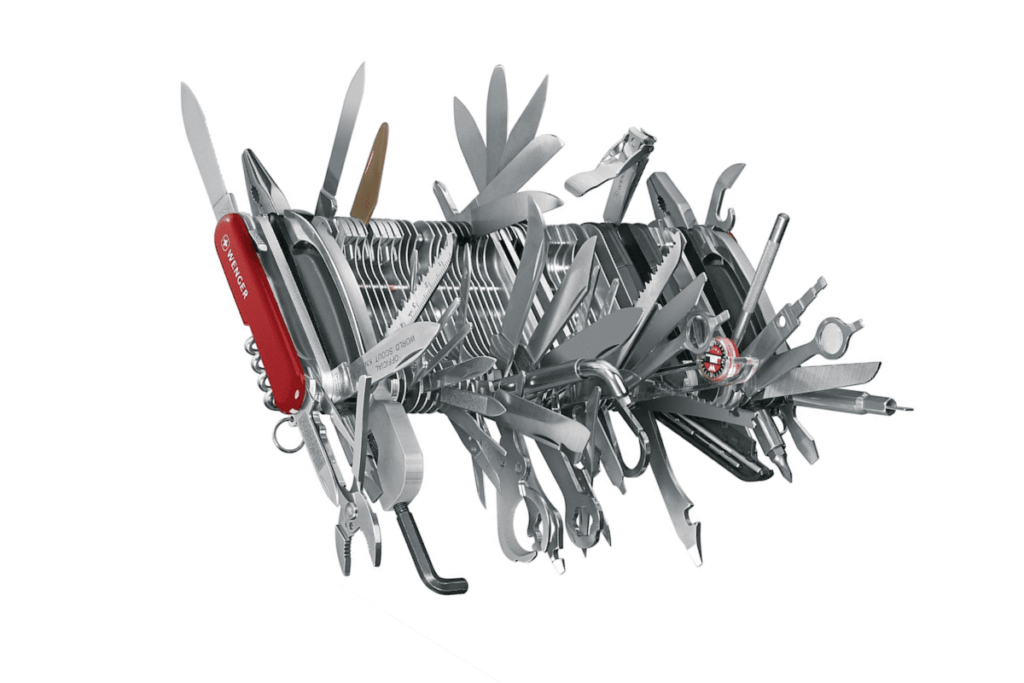
More innovative designs and tools did make the Wenger SAKs more complex and expensive to manufacture. This might be the reason for Wenger SAKs sometimes being slightly more costly compared to equivalent models from Victorinox.
16 Build Quality
Both Victorinox and Wenger are Swiss companies and are well-known for their product quality and attention to detail. Having competed with each other for nearly a century, both have almost perfected the process of manufacturing SAKs of impeccable quality.
However, there are some subtle differences in fit and finish which indicate that Victorinox might have an edge over Wenger in the quality department. Whereas Wenger is no slouch in the quality department, over a longer period of time, Victorinox SAKs have performed slightly better in the long run.
The difference in quality between Victorinox and Wenger SAKs is only visible in rare cases, and that is also when the SAKs have been used for years or even decades.
It may be also because Wenger’s designs were slightly more complex, and the comparatively simpler design of the Victorinox SAKs allowed for better build quality. But nevertheless, it appears Victorinox has better quality control processes in place than Wenger.
The robustness of the tools, the strength of the slip joint back-springs, edge retention of the blades, the snappiness of opening and closing the tools, etc. all seem to perform slightly better in Victorinox compared to Wenger.
Final Thoughts
There you have it! the 16 important differences between the two legendary Swiss Army Knife makers, Victorinox and Wenger.
These subtle but sometimes significant differences may even tilt your opinion in favor of one or the other.
But most casual Swiss Army Knife users may not even notice or bother about these differences, as the knives look more or less the same.
To know more about Victorinox and it’s history, read: The History of Victorinox and the Swiss Army Knife.
To know more about Wenger’s history, read: The Rise And Fall of Wenger Swiss Army Knives.
Interested to know about some of the Wenger SAK models? This post covers some of the most popular Swiss Army Knives made by Wenger.
However, with their inherent differences, they do perform a few tasks better, or differently, from each other.
In spite of the differences between a Victorinox and Wenger SAK, both have managed to capture the imagination of the people with their design, ease of use, innovation, effectiveness, and longevity. If you have a SAK in hand, you can rest assured that irrespective of the brand, it will perform admirably and get the job done.
